Observations at a Street Fair

From March 22-24, 2024, I had a booth at the 55th annual 4th Avenue Street Fair. This exciting event brings over 300,000 people to shop for an incredible variety of arts and goods and enjoy diverse and delicious food. I have several art pieces from my visits to previous fairs in my home. Joining in […]
Writer’s Block? Nevermore!
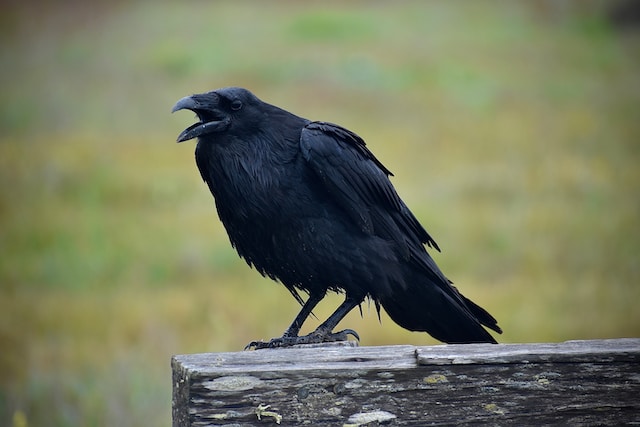
I finished off 2023 at my favorite writing retreat: a trip back home. I returned to my hometown of Peoria, IL, where I was born and raised. It’s where my first creative endeavors were encouraged and nourished. Even though I have no desire to live in central Illinois again, it is an excellent place to […]
Where’s Elaine?

“A book is made from a tree. It is an assemblage of flat, flexible parts (still called “leaves”) imprinted with dark-pigmented squiggles. One glance at it and you hear the voice of another person, perhaps someone dead for thousands of years. Across the millennia, the author is speaking, clearly and silently, inside your head, directly […]
Join Me at TFOB!
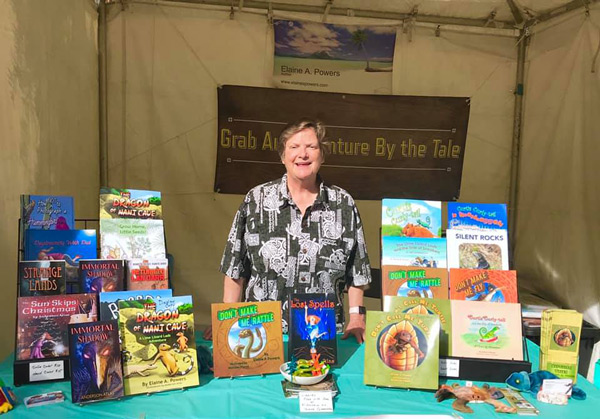
The festival is coming! The festival is coming! On March 4 & 5, 2023, the best book festival in the country, the Tucson Festival of Books, will be held at the University of Arizona mall. If you’re a newbie to TFOB, or even a seasoned professional, planning your visit can be a bit overwhelming. Not […]
The Tale of an Old Time Term

One of my favorite pastimes is listening to Old Time Radio (OTR) shows as I drive around. The other day while captivated by a comedy show, I heard an unusual word. I thought it was perhaps a slip of the tongue or a word created for comic effect. But then I heard it a few […]
Do You Slather or Smear?

The English language has a lot of really great words. As a writer, I enjoy exploring them. This time of year in the Sonoran Desert, we increase the amount of sunscreen we put on our bodies. As the intensity of the sun increases with the warmer seasons, more sunscreen is definitely needed. I put a […]
A Writing Prompt with Malice
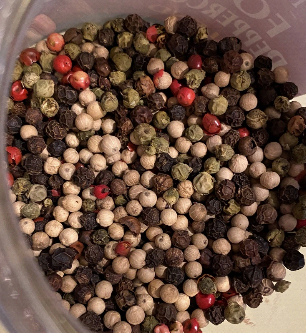
I was experimenting with a writing prompt for mysteries. The prompt was to write about a common object in a mysterious way. I looked at my pepper grinder, a device that pulverizes hard objects. All the multi-colored peppercorns are ground into indistinguishable pieces. How terrifying it must be for the peppercorn to be crushed and […]
I Should Have Known the Collective Noun for Iguanas!
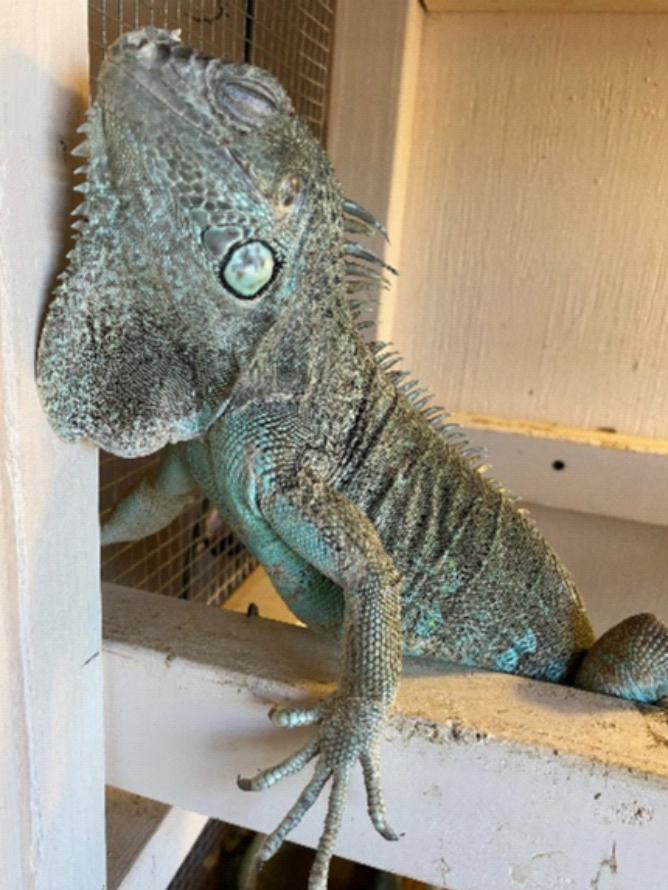
Until today, I didn’t know the collective noun for iguanas. I should have, since I’ve had more than one for around 30 years. I knew that a group of tortoises was a “creep,” and it’s a “bale” of turtles. The general term for lizards is “lounge.” I think some of my iguanas are willing to […]
Writing and Riding Fill My Days
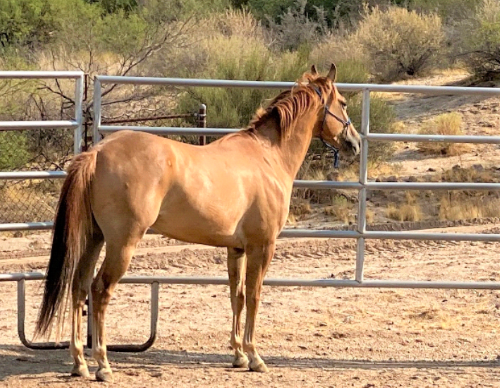
With the pandemic, I’ve been dividing my time mostly between two activities: riding and writing. I’m either at the stables with my two horses or at home writing, surrounded by my reptiles. It’s working out well since I’m getting fresh air and exercise with Button and Exuma, which stimulates my health and well-being for the […]
Singing While Wearing a Mask? I Can Now!

I have a music degree along with my science degrees. I’ve enjoyed singing and performing on stage throughout my life. People on stage or in concerts are often told to sing out, project to the audience. Singers are extolled for singing to the last row or to the balcony, so that everyone can hear them. […]
We’re Celebrating a Curtis Curly-tail Book-Birthday in My New Newsletter!
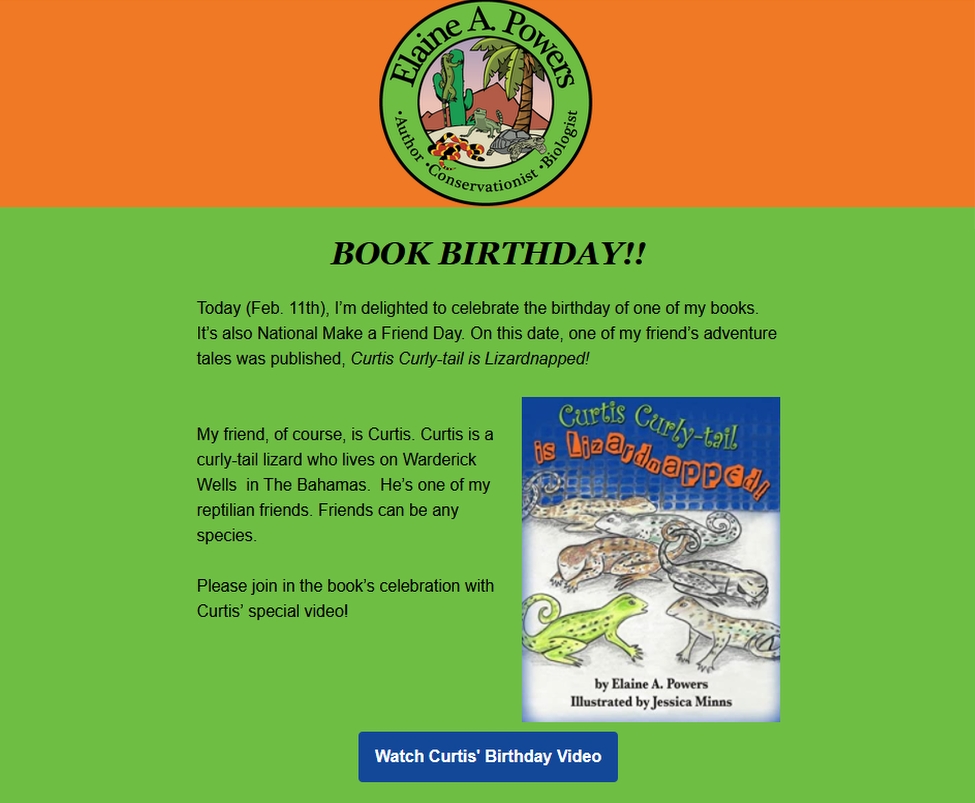
I’m publishing an author newsletter now, containing book announcements and specials. Please click here to go to my newsletter, where you can see the colorful, graphic format; click through to the book-birthday video; and subscribe to come along with me on my author journey as I continue my labor of love to make learning science […]
Author Interview: Elaine A. Powers January 27th Big Blend Radio

I will be interviewed by Big Blend Radio on January 27th at 5:00 pm, Mountain Standard Time. The broadcast will available online at Big Blend Radio’s channel on BlogTalkRadio.com. It will also be available afterward as a podcast. Big Blend Radio is hosted by Nancy J. Reid and Lisa D. Smith. They are the mother-daughter travel team […]
Drawn to the Amazing Singing Wind Bookshop
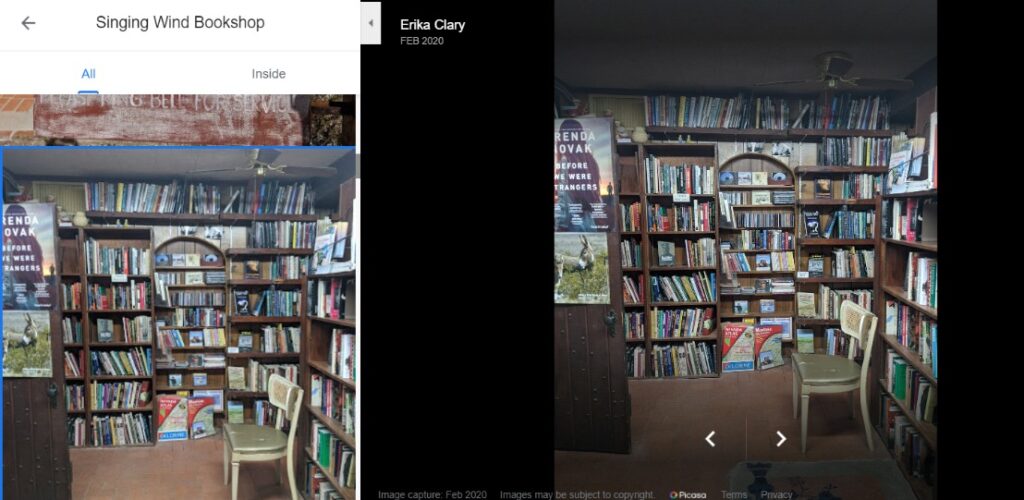
Bookshop Photo by Erika Clary Writing a book is often the easiest part of “the book business.” Unfortunately, due to the hours lost to writing, the author then has to market her work, even, in our times, if she is traditionally published. As scary as it is to go to bookstores and ask the manager […]
You Know You’re From Arizona When…
Remembering My Friend and Editor, Nora Miller

I’ve had some success with my books. It all began when I was encouraged by boat-mates to publish my Curtis Curly-tail Lizard story. My graphic artist friend agreed to do the illustrations, although as he said, “I know nothing about lizards.” I had a story text and I had illustrations. How would I get those […]
What Do You Call a Group of Animals?
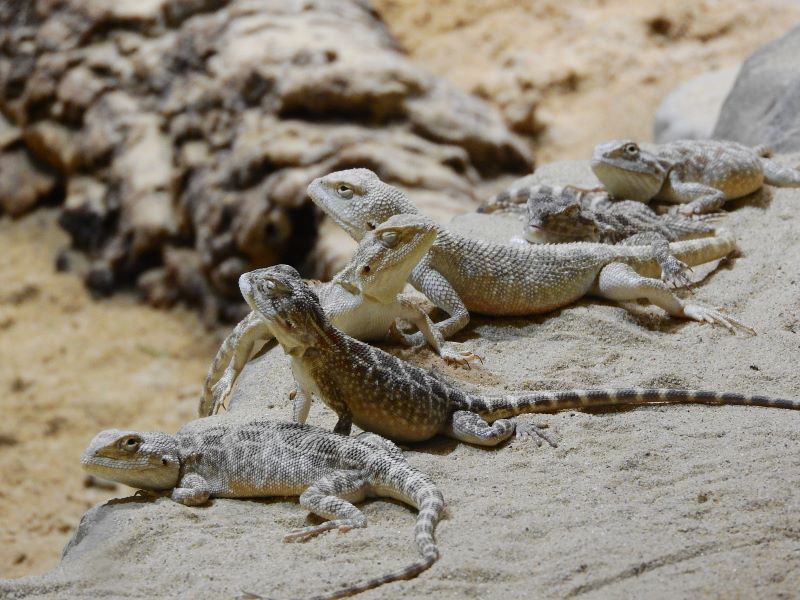
Image courtesy of Markéta Machová from Pixabay Hello, Friends! It’s me, Curtis Curly-tail! How is everybody out there? I hope you are staying strong and well. Are you familiar with collective nouns? I knew they existed. They’re the words that describe a specific group of animals, like a flock of birds or a school of […]
I’ve Been Blown Away!
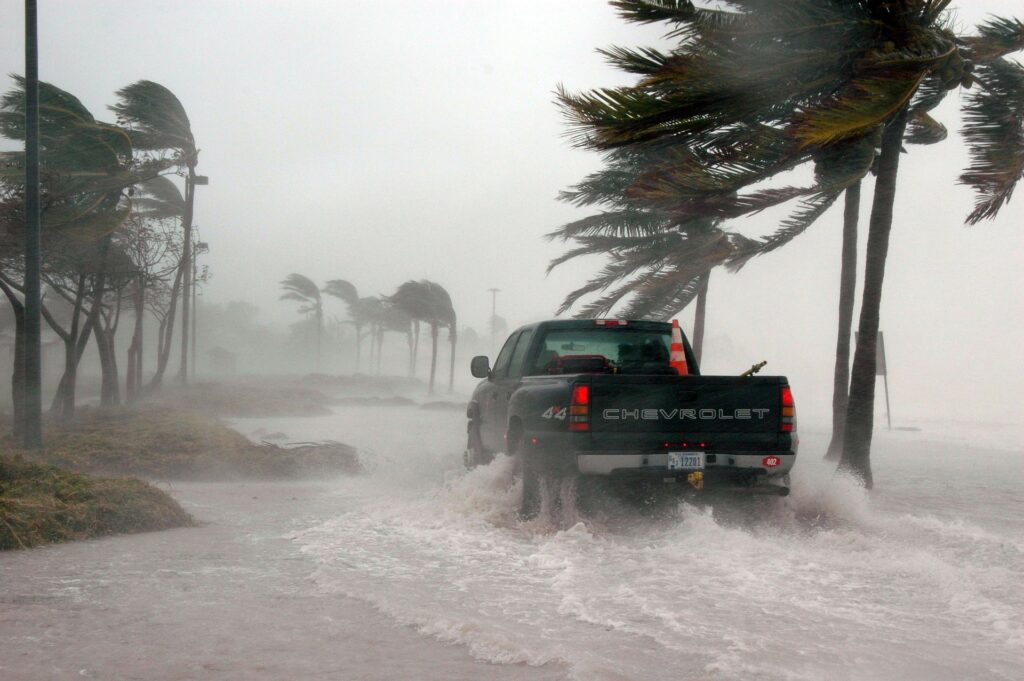
Image courtesy of David Mark of Pixabay In my book Curtis Curly-tail is Blown Away, I described Curtis and his iguana friends being caught in a hurricane. I’ve had personal experience in hurricanes from living along the Gulf Coast. My first week at Florida State University was delayed by a hurricane. I had to go […]
What Would You Write?
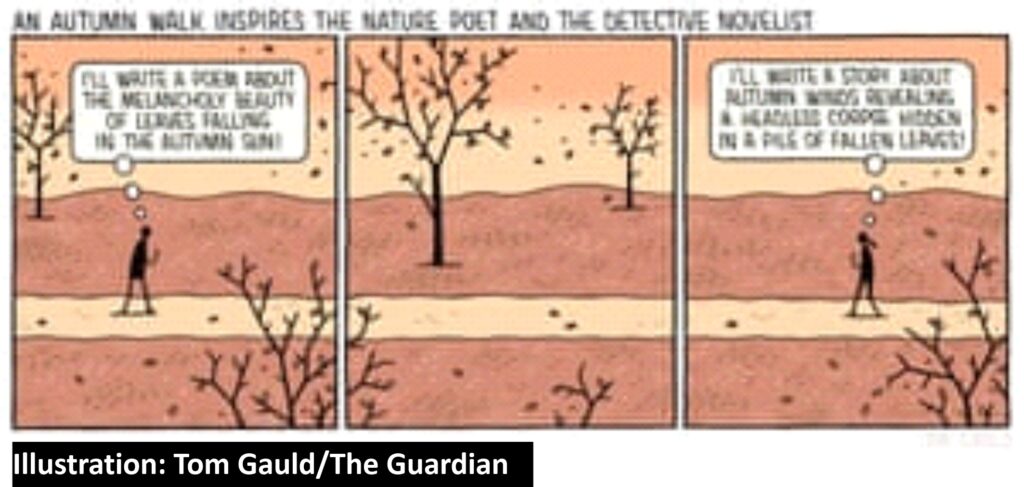
A friend sent me Tom Gauld’s cartoon about an autumn walk’s inspiration. The poet thinks, “I’ll write a poem about the melancholy beauty of leaves falling in the autumn sun.” The detective novelist thinks, “I’ll write a story about the autumn winds revealing a headless corpse hidden in a pile of leaves.” I’m a member […]
Umm . . . Ever Wanted to Lick a Toad’s Back?
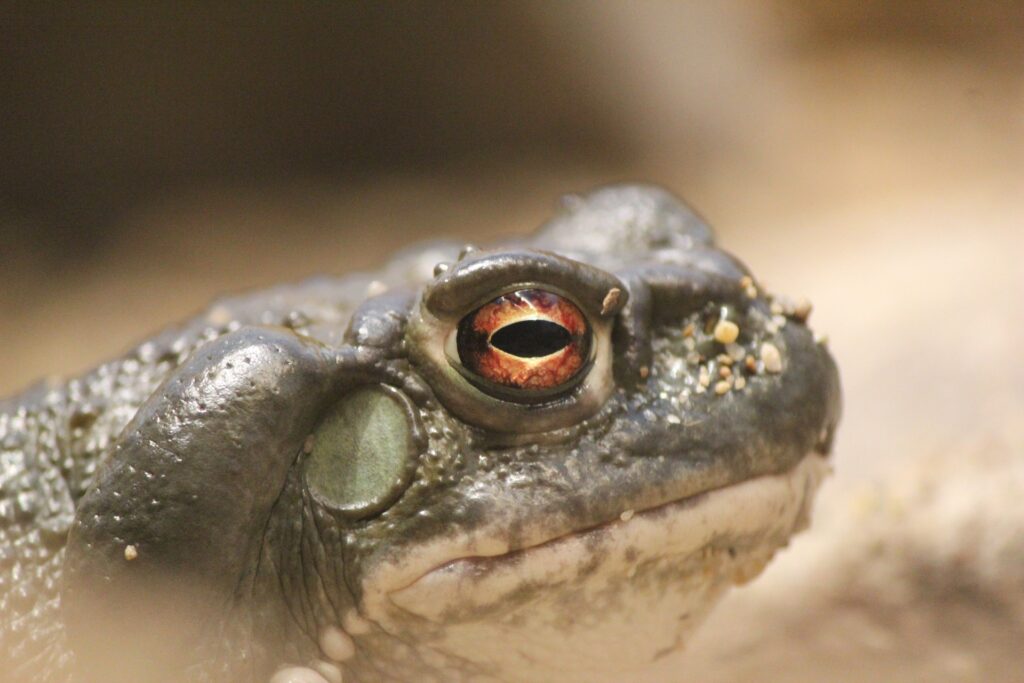
Toad image courtesy of ockienot88 from Pixabay Are you familiar with the word entheogen? I wasn’t either until I heard it mentioned in a talk about the Sonoran Desert toad, also known as the Colorado River toad, Incilius alvarius. You may have heard of this toad without knowing much else: It’s the toad made famous […]
Opinion: Negative Words Used for Effect Can Convey the Wrong Message
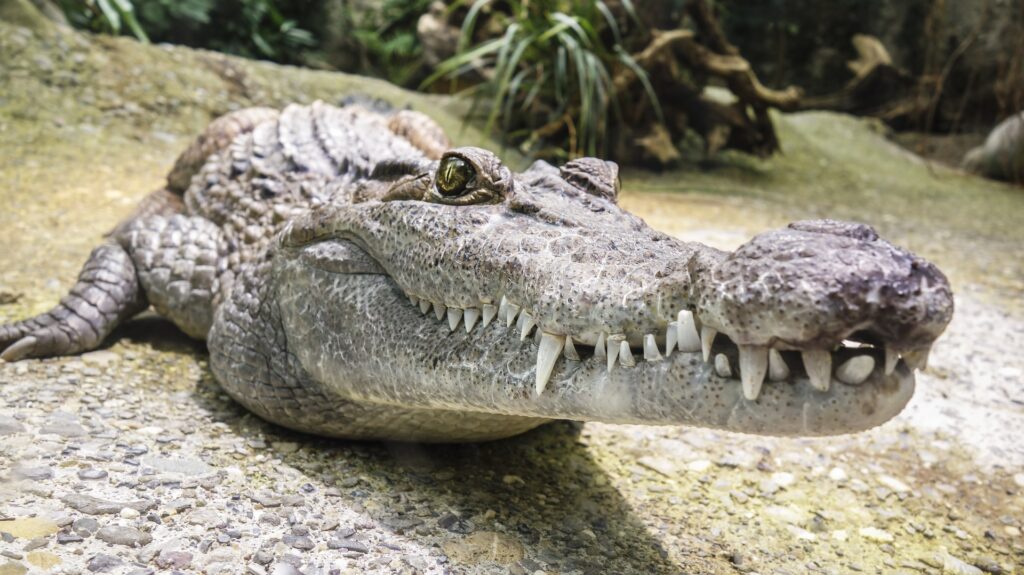
Arg! Infested? Really?! One of my pet peeves, or maybe, as a person who loves her reptiles, I should say companion-animal peeves, is when animals in their natural environment are called an infestation just because they are predators and not cute, cuddly creatures. The article that set me off this time is about a humpback […]
The Sea Wrote to Me!
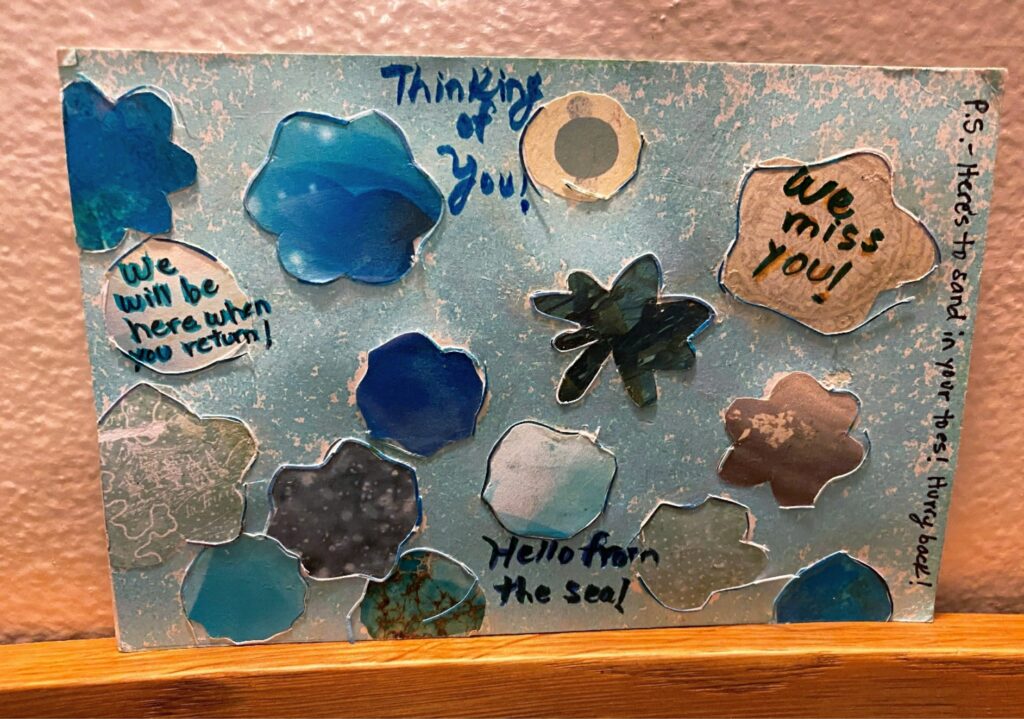
As part of my writing business, I travel to numerous places, not only for inspiration but also for the marketing of my books. Most of the places I visit involve oceans and often islands, such as The Bahamas and the Cayman Islands. I don’t get to spend much time on the beaches since I’m working […]
It’s a Climbing-the-Walls Kind of Time

Here, my youngest iguana, Twizzler Spiny-tail Iguana, is demonstrating that he is literally climbing the wall. by Elaine A. Powers If you’re like me, you’re spending more time at home than usual. Of course, this should help my writing output, but I often get distracted by the news of the world. Fortunately, I live with […]
Did You Know There is More Than One “English?” by Curtis Curly-tail Lizard
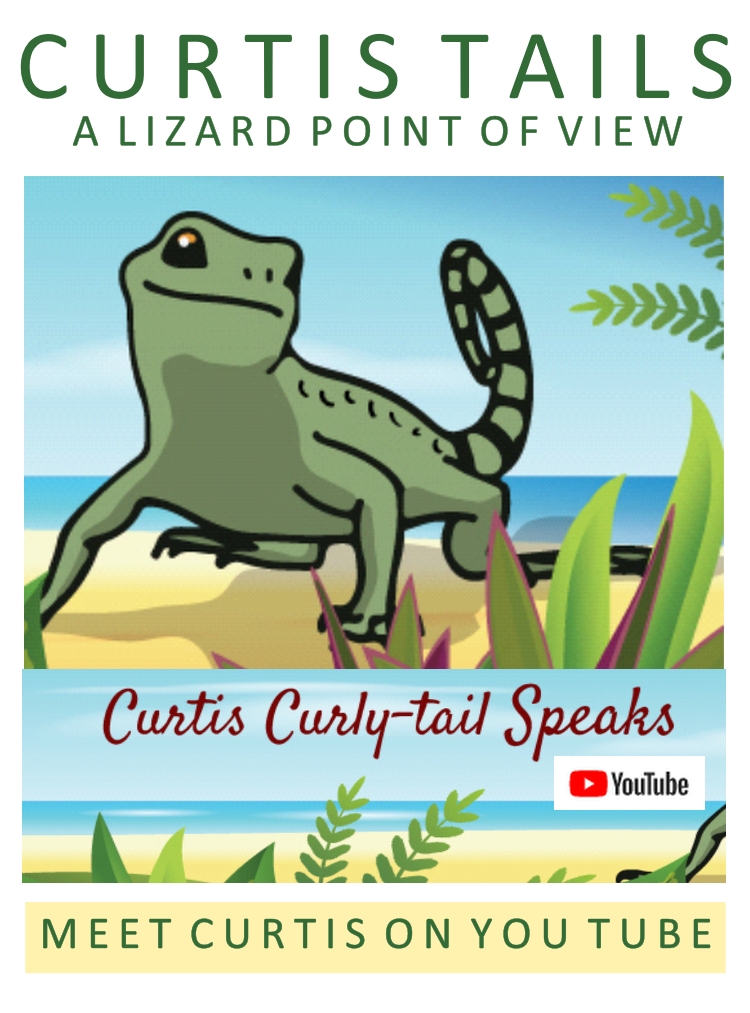
Hi, friends! It’s me—Curtis Curly-tail! Did you miss me? (Come on over and see me at my YouTube page.) I missed you, too! Did you know there is more than one English? I was wondering about Elaine a few times when she didn’t understand something I said–I am from the Bahamas, a member of the […]
September 4 is National Wildlife Day
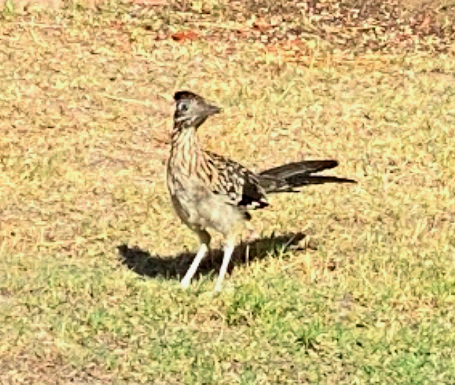
This guy, Roadrunner Geococcyx californianus, and his species inspired my book, Don’t Make Me Fly! September 4 is National Wildlife Day. As a biologist, I love wildlife, whether it is in my backyard or at some distant exotic location. Wildlife Day was established to remind us about endangered animals, locally and around the world. This […]
Curtis Curly-tail is Blown Away is Now Available! by Curtis Curly-tail Lizard
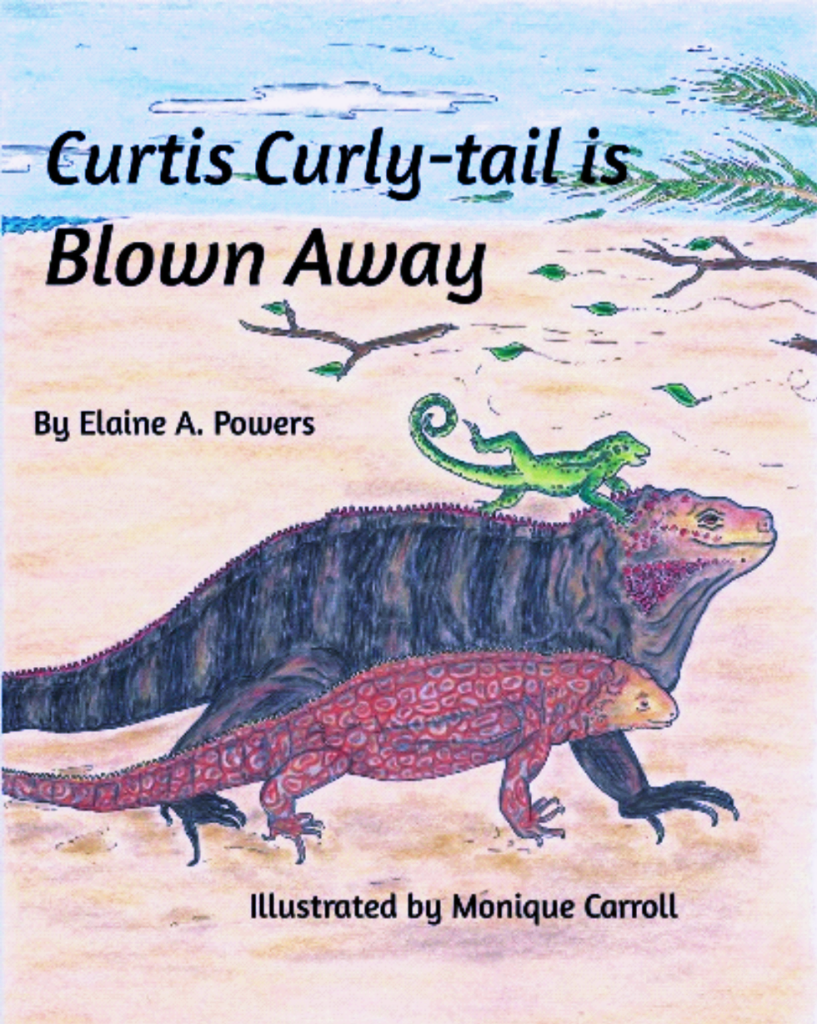
Hello, everyone! I recently mentioned my latest book would soon be out—well, it’s here! The next Curtis Curly-tail adventure has been released: Curtis Curly-tail is Blown Away is written by, of course, my good friend and author, Elaine A. Powers. The gorgeous illustrations are by artist Monique Carroll, who also illustrated Grow Home, Little Seeds. […]
Aug 26th is National Webmistress Day!
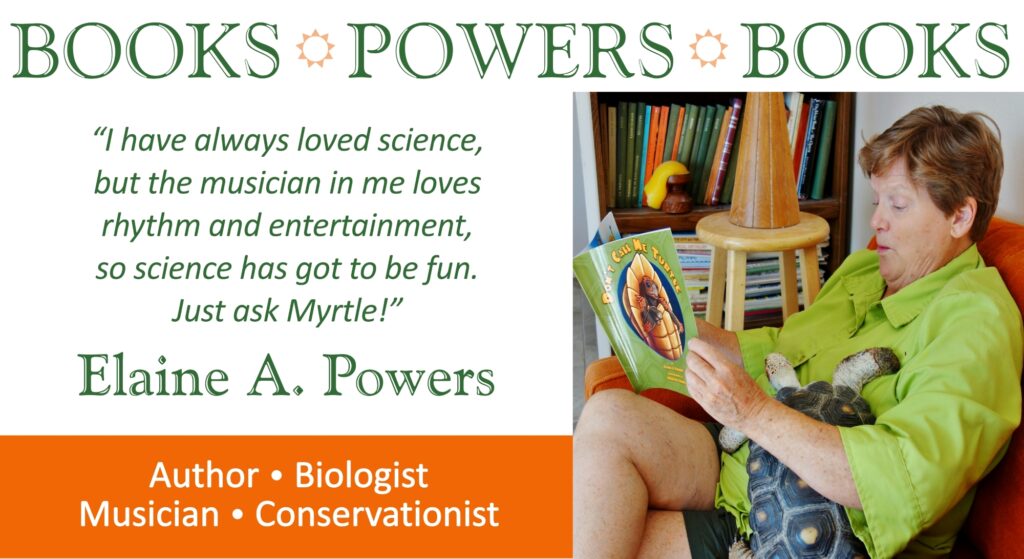
I have been very fortunate to have very talented webmistresses to create and maintain my websites. Yes, I could have worked on my websites myself, but I would rather be writing books. More importantly, they are much more visually creative and attentive to the many details. Like I said, I’d rather be writing my books. […]
Surprise Your Employees with Some Fun–Use Zoom to Perform a Short Play!

Today is National Radio Day. Way back before TV/streaming media as we know it and before today’s audio books, there was radio. Of course, there still is, but in the early part of the twentieth century, radio was our only source for news from around the world, and it provided wonderful entertainment. Radio shows were […]
Ophidiofomophobia. Say, what?
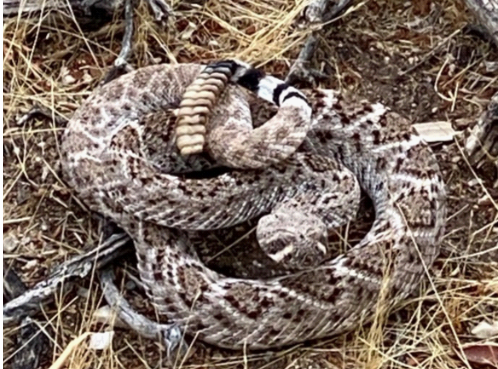
I’m always learning new words. I thought someone who liked reptiles was a “herpephile.” I found out lately it is actually “herpetophile.” There really is a word for people like me who like reptiles and enjoy studying them. Then I read about “ophidiofomophobia.” I had to look it up, but, unfortunately, it isn’t a real […]
So, You Want to Write a Book? by Curtis Curly-tail Lizard
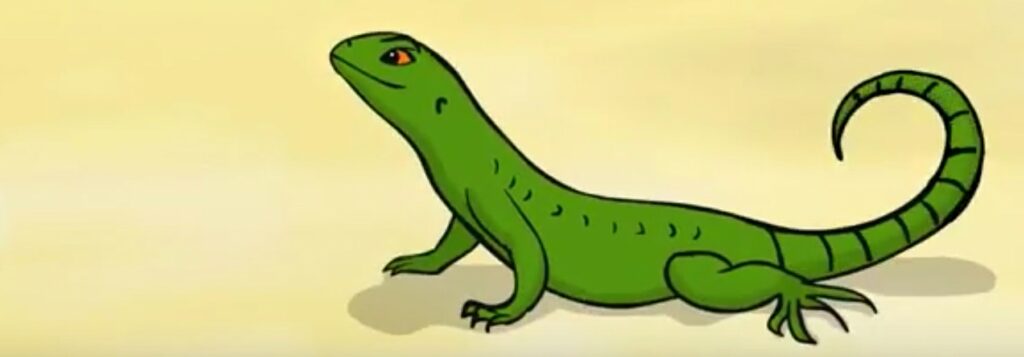
I’ve heard from many people staying at home now that lots of people want to write a book and writing creatively is a good use of time. I would even say it is a perfect use of time when the stories are about me–or even other reptiles, once in a while. People often ask me […]
Word for the Day: Saurophagy (And Autophagy!)
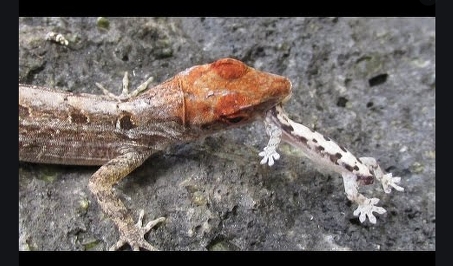
Photo courtesy of Kaimuki Backyard on You Tube. I learned a new term today. It’s not a word to be used in daily conversation but interesting, nonetheless. The new term is saurophagy. Its means “the eating of lizards.” I was a little sad to learn this word in a report about one iguana species, C. […]
